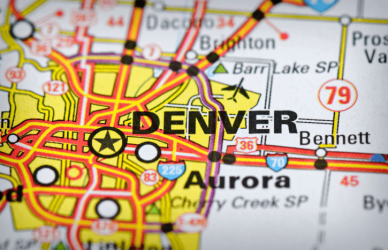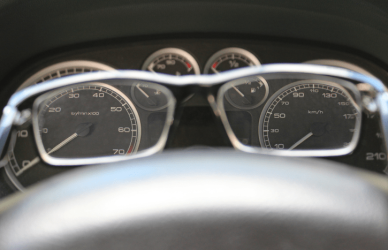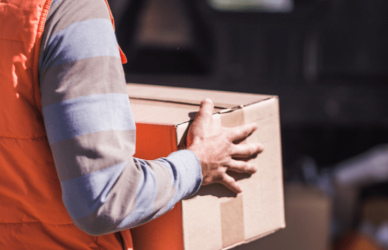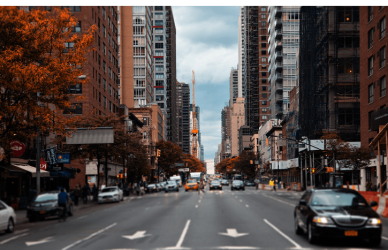If you’ve ever felt like driving through Manhattan is a real-life video game, you’re not alone. For many locals, navigating city streets means swerving around double-parked delivery trucks.
“There are times on Columbus where we have one double-parked on the right,” said Upper West Side resident Jorge Gabin. “You have to drive right down the middle of the avenue; it’s incredible.”
It’s a scene that plays out daily across the boroughs, largely thanks to the city’s ever-growing appetite for online shopping.
Tackling Traffic and Emissions with Microhubs
To help fix the growing problem of congested streets and vehicle emissions, New York City’s Department of Transportation is introducing something new: delivery microhubs.
These small, strategically placed hubs are designed to give large logistics trucks — like those from Amazon, UPS, and others — a central spot to unload. From there, packages can be taken the rest of the way by cargo bikes, handcarts, or other zero-emission options instead of trucks clogging every block.
“With more and more New Yorkers ordering online, our streets are seeing more trucks than ever before,” said city Transportation Commissioner Ydanis Rodriguez.
According to Rodriguez, “one in five New Yorkers receives packages four or more days a week,” a trend that’s expected to boost truck deliveries by a staggering 70% over the next two decades.
That kind of growth could seriously impact air quality, noise levels, and street safety — which is exactly why the DOT kicked off this pilot program Tuesday with the first three microhub locations on the Upper West Side.
Where It Starts — and Where It’s Going
The first microhub went live at Amsterdam Avenue and West 85th Street, with Amazon, UPS, and Net Zero Logistics on board as initial partners. Two more hubs are already in place nearby, and the city plans to expand the program citywide — with 36 locations expected to be up and running within the next three years.
“Microhubs are dedicated spaces where delivery trucks transfer packages to cargo bikes, pushcarts, and other zero-emission vehicles to complete the last leg of the delivery,” said Rodriguez at the launch event.
DOT officials say they’ll be tracking traffic patterns and congestion in surrounding areas to measure how effectively the hubs reduce street-level chaos.
Looking Ahead: A Cleaner, Smarter NYC
With e-commerce showing no signs of slowing down, the city hopes these micro hubs can be part of a larger solution to keep deliveries flowing without overwhelming the streets. As the program grows, more logistics companies will be invited to participate.
For neighborhoods plagued by noise, fumes, and blocked intersections, the microhub rollout could be a welcome relief — turning delivery day into something less disruptive for everyone.
Source: Spectrum News
Image Source: New York Post








